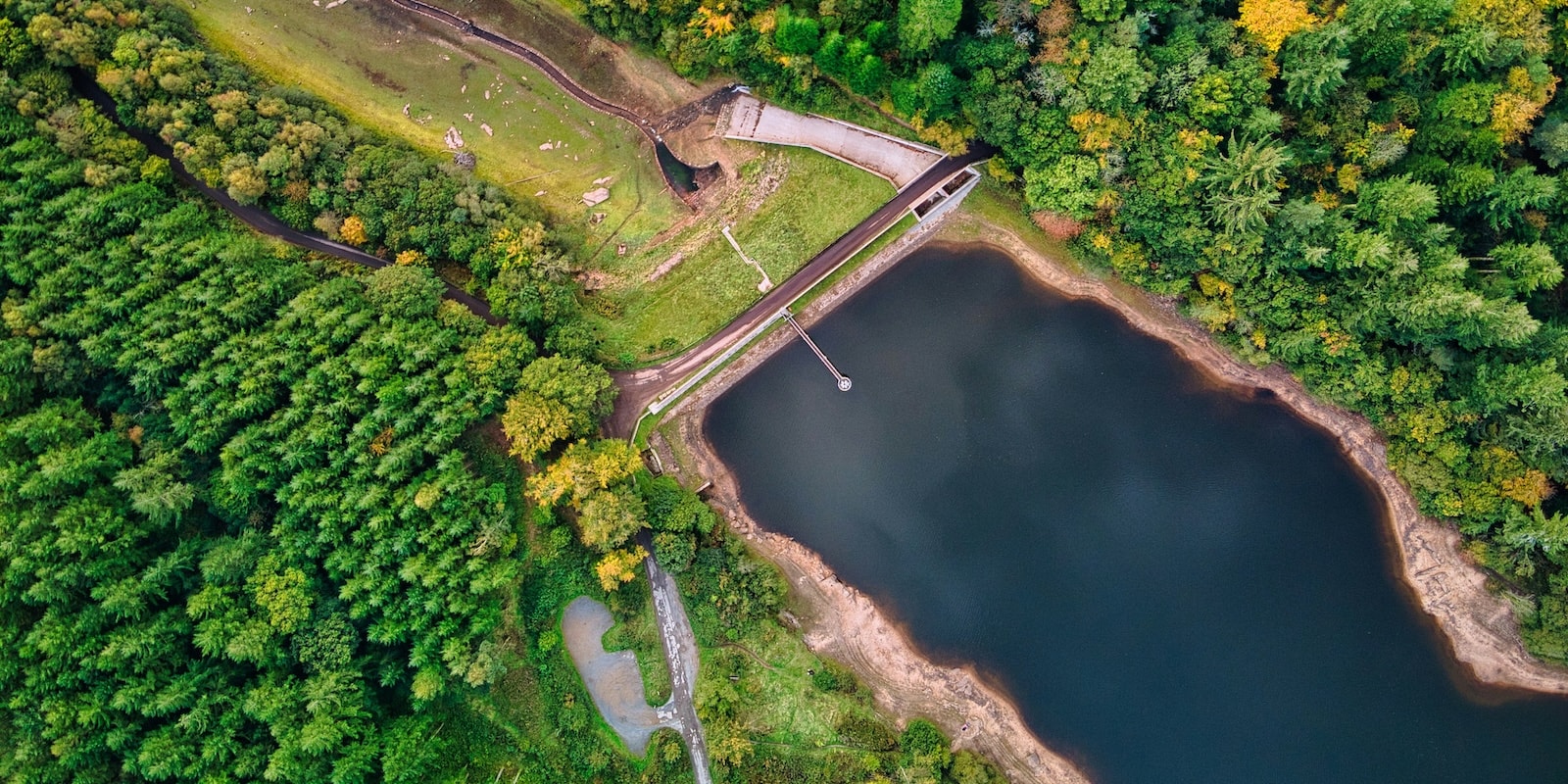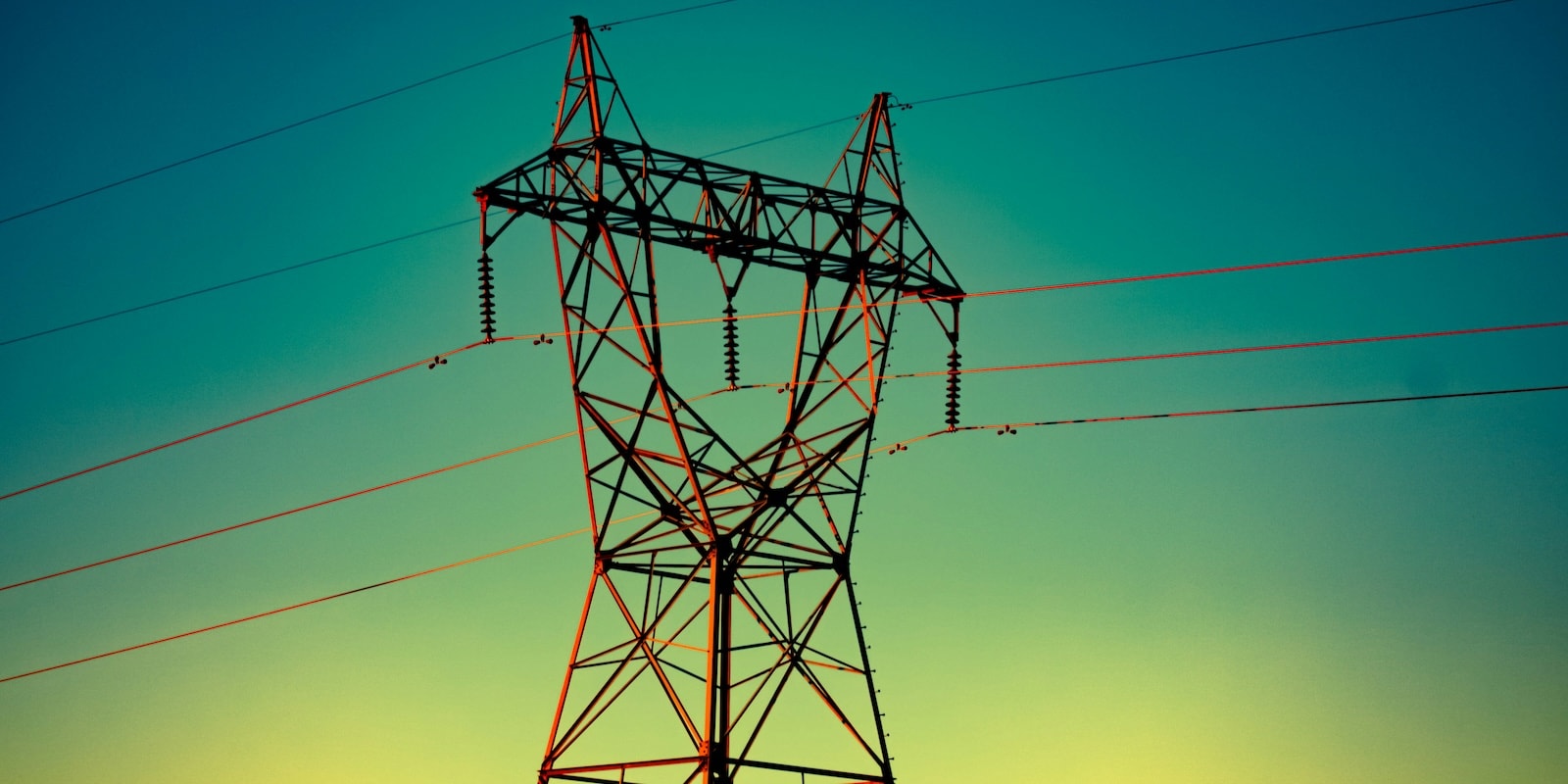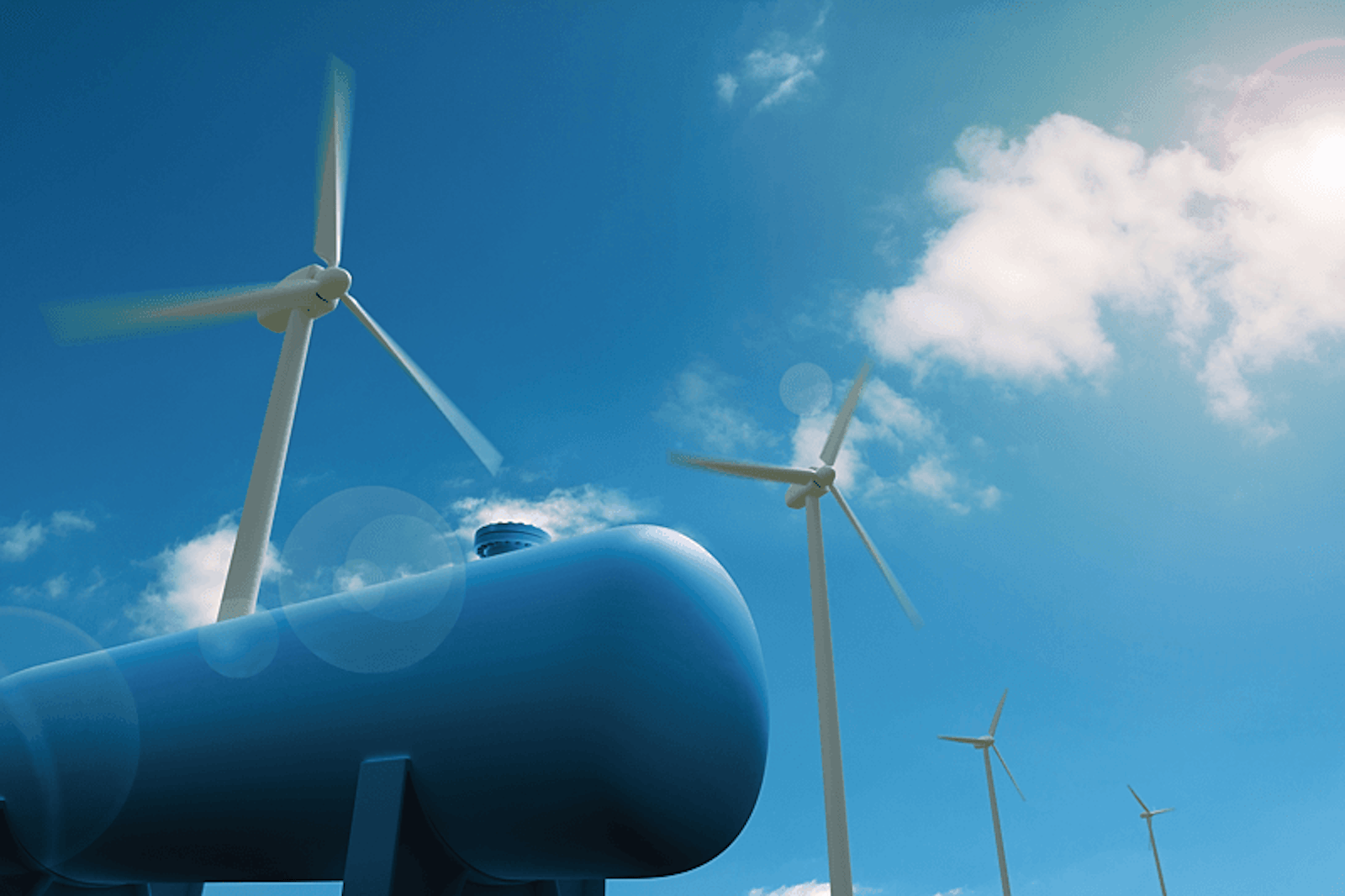Wednesday, October 1, 2025
In the world of renewable energy, the terms “hydraulic energy” and “hydroelectric energy” are often used interchangeably, which can cause confusion. While they are related, they are not exactly the same. Understanding the nuances is key to fully appreciating the crucial role that water plays in the energy transition. In this article, we break down each concept, explain their differences, how they work, their advantages, and the challenges they face.
What is hydraulic energy?
Hydraulic energy is a broad concept that refers to the energy obtained from the movement of water. It harnesses the kinetic and potential energy of water masses in motion or at rest, whether from rivers, reservoirs, or waterfalls. For centuries, humans have taken advantage of this force for many purposes: turning grain mills, powering forge hammers, or even enabling river transport. In essence, it is the physical principle that enables water to perform work. It does not necessarily involve generating electricity, but rather the direct use of water’s force.
What is hydroelectric energy?
Hydroelectric energy, on the other hand, is a specific form of hydraulic energy. It refers exclusively to the generation of electricity by harnessing the potential and kinetic energy of water. In other words, hydroelectric power is the most modern and widespread application of hydraulic energy, where moving water is used to spin turbines connected to generators, producing electricity. It is one of the oldest and most established large-scale renewable energy sources.
Differences between hydraulic and hydroelectric energy
The main difference lies in scope and purpose:
Hydraulic energy: the general concept, referring to water in motion as a source of energy. It can be used for any purpose that leverages water’s force.
Hydroelectric energy: a particular application of hydraulic energy, specifically for producing electricity.
To put it another way, hydraulic energy is the “engine” (water in motion), while hydroelectric energy is the “vehicle” powered by that engine (the plant that generates electricity). All hydroelectric energy is hydraulic energy, but not all hydraulic energy is hydroelectric.
How does this renewable energy source work?
The principle behind a hydroelectric plant is relatively simple, even if the engineering is complex. The process can be summarized in the following steps:
-
Collection and storage
River water is diverted or stored (as in large plants) to create a height difference and accumulate a large volume of water.
-
Falling water
The stored water is released, flowing down a pressure pipe due to gravity.
-
Turbine movement
The force of falling water spins the blades of a turbine.
-
Electricity generation
The turbine is connected to an electrical generator. As the turbine spins, the generator converts mechanical energy into electrical energy.
-
Water return
The water used is returned to the river downstream of the plant without altering its quality.
There are different types of hydroelectric plants: large reservoir plants, run-of-river plants that do not require major reservoirs and instead use the river’s natural flow, and pumping or reversible plants that can store energy by pumping water to an upper reservoir when there is surplus electricity, then releasing it when demand is high.
Advantages of hydraulic and hydroelectric energy
Hydroelectric energy is a cornerstone of the renewable energy mix thanks to its many benefits: it produces no greenhouse gas emissions, achieves very high efficiency levels (over 90 percent), provides great flexibility and storage capacity (especially with pumped-storage plants that integrate intermittent renewables), has long-lasting infrastructure, and reservoirs can offer additional advantages such as flood control, water supply, and recreational use.
In Spain, hydraulic energy has historically been a crucial resource. According to Red Eléctrica de España (REE), in 2023 hydraulic generation represented 9.5 percent of the country’s total electricity production, with a significant increase compared to previous years due to higher rainfall.
Environmental and technical challenges of these energies
Despite its advantages, hydroelectric energy also faces challenges such as the environmental impact of reservoirs on river ecosystems, its direct dependence on hydrology (which makes it vulnerable to droughts), high upfront costs, and long construction periods. Even so, hydraulic energy as a principle, and hydroelectric energy as its application for electricity generation, are essential for a more sustainable energy future, highlighting the crucial role of water in the transition toward a cleaner and more efficient model.
¿Te ha parecido interesante?





